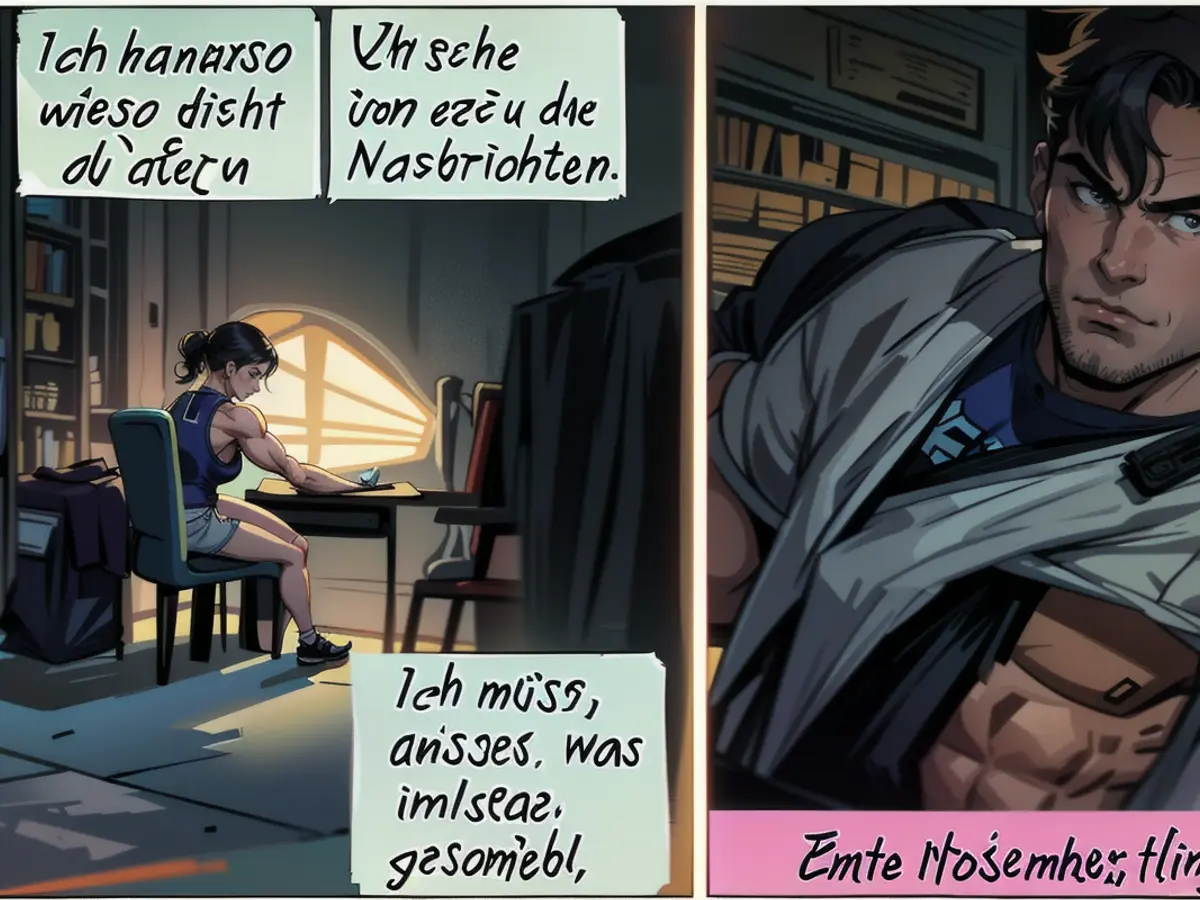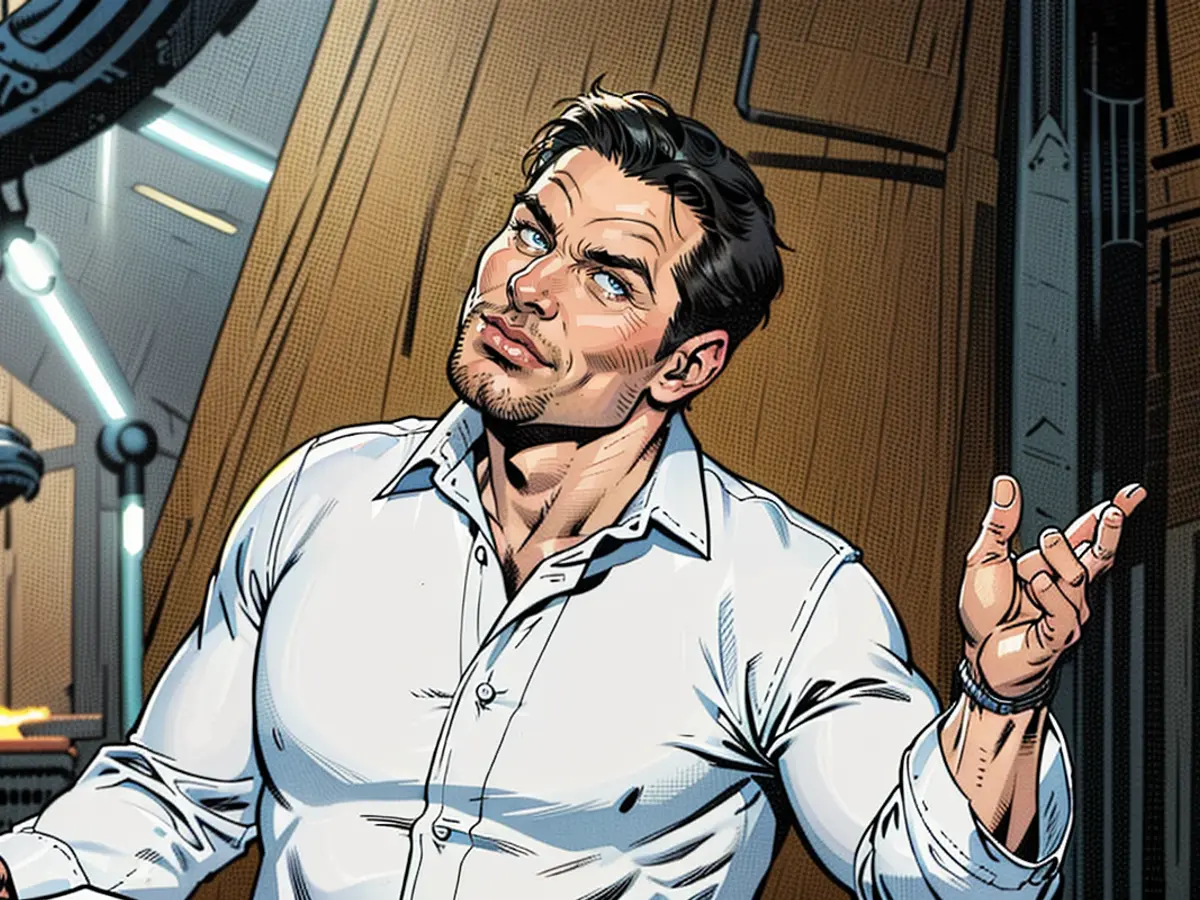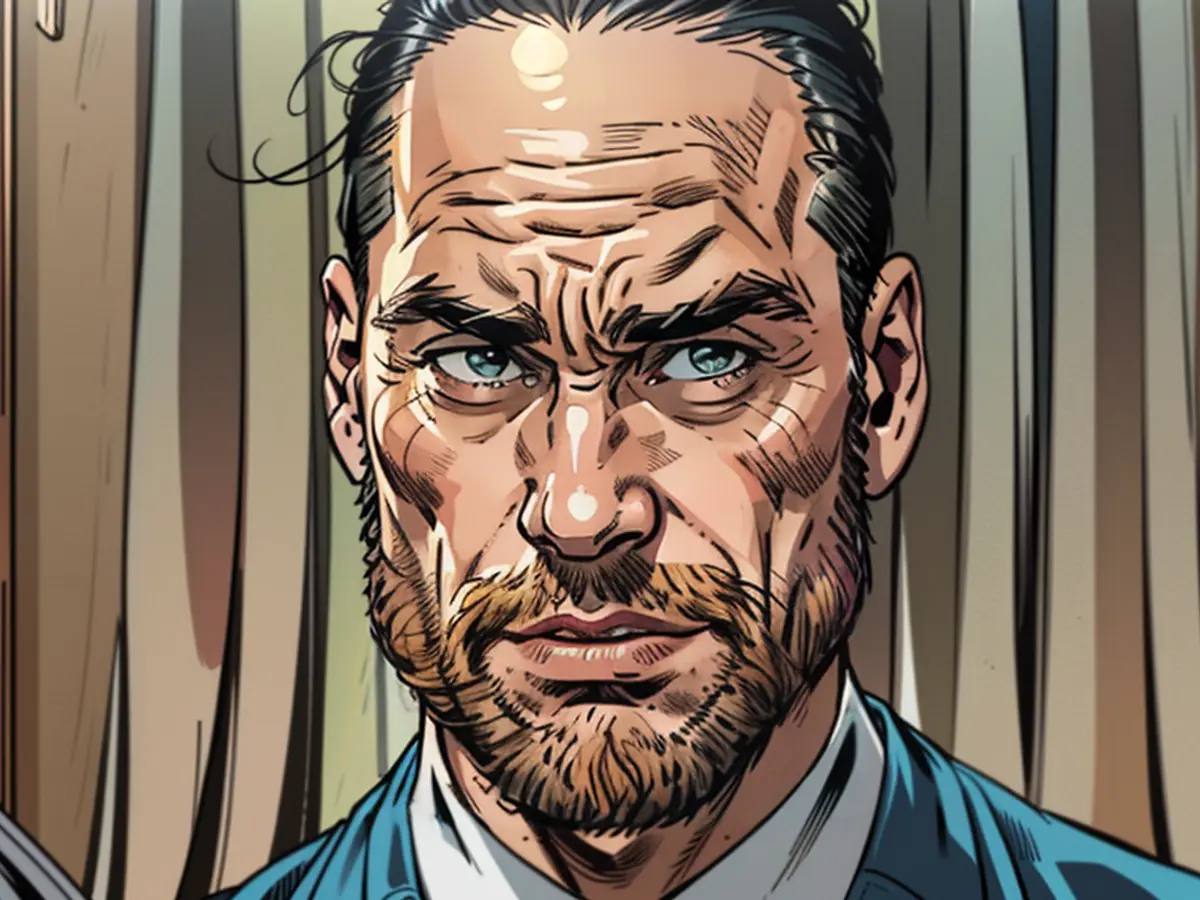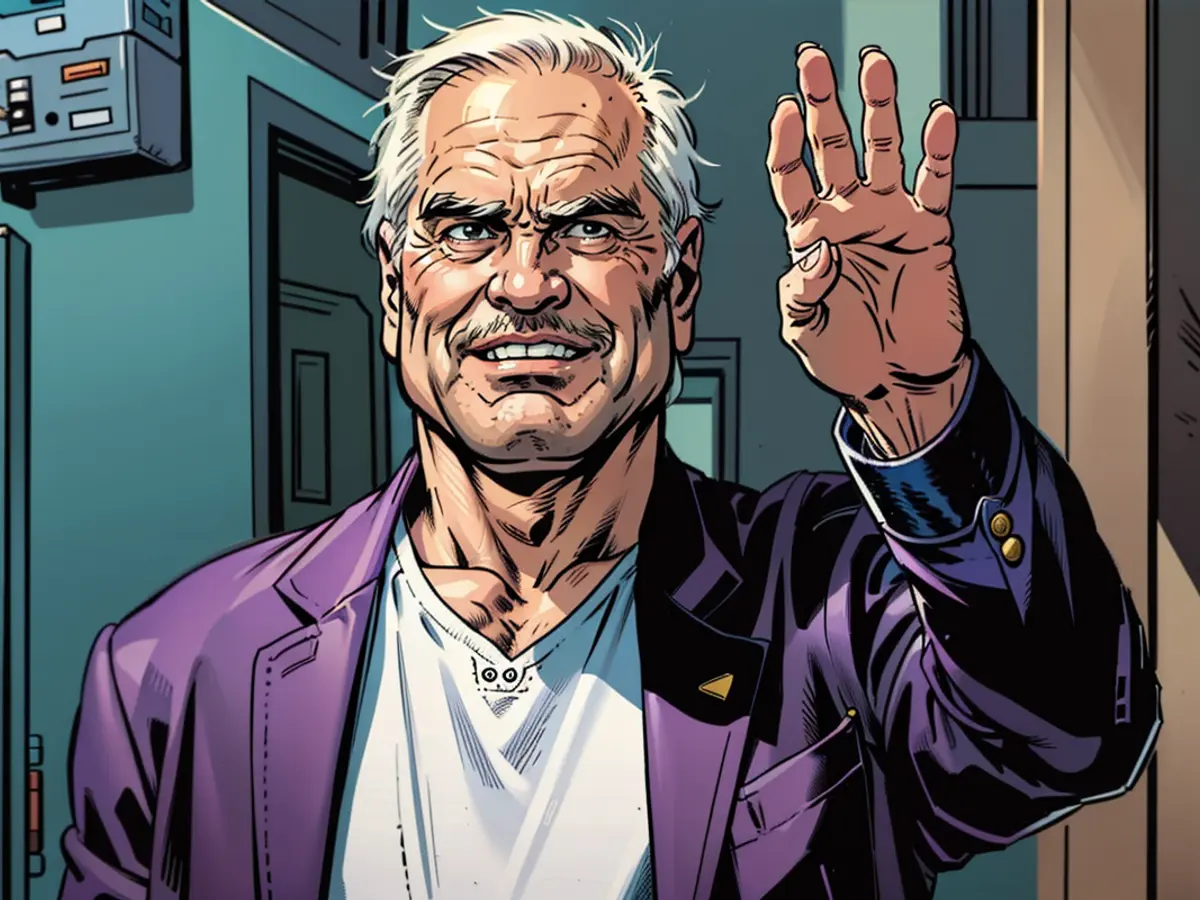Artists and comics, conflicts and emergencies
Visualize the Comic-Salon in Erlangen as a vibrant event. Costume-wearers and enthusiasts traverse the exhibition halls and displays. Disney characters and Lucky Luke are highlighted. This year, though, there are more crises than before. How can comic artists respond to this?
Crises, they emerge everywhere: War in Ukraine, conflict in the Middle East. Swelling far-right populism across Europe and intense antisemitism around the globe. Climate crisis. Even heavy floods in certain regions of southern Germany, including Augsburg. There are also lengthy rain showers in Erlangen, though more lighthearted. Umbrellas are a necessity for guests at this weekend's 21st International Comic-Salon.
Rarely has Germany's most prominent comic festival been so affected by such turbulence. The question of how the medium of comics should address and overcome the challenges facing the world is a prevalent theme across multiple sessions. This creates a palpable tension at the usually lively comic fair, with its meet-and-greets, discoveries, showcases, and workshops.
Therefore, guest of honor Joann Sfar is a welcomed presence. The French comic artist has explored his past and Jewish identity alongside antisemitism after the Hamas massacre in Israel on October 7, as shared in his works and during his interviews. Yet his focus is not confined to these topics. His witty perspective becomes most evident when addressing weighty issues. "I'm not Jewish for more than 15 minutes a day," he says at his artist talk on Thursday, which mostly centers around his evolution as an artist.
Sfar, who looks like a motorcycle biker with a leather coat, boots, and giant rings, exudes magnetism. The aforementioned artist talk in the Orangery of the Erlangen Castle Park is just as crowded as his signing sessions and the exhibition "The Rabbi's Cat," named after his best-known work. The exhibition, open until September 1st at the City Museum, showcases Sfar's life and career through multitudinous originals. It highlights antisemitism, but also demonstrates his children's books and fantastic comics.
The artist, who receives the Max and Moritz Prize for his lifetime body of work on Friday, handles the influx of visitors and requests with utmost graciousness and a constant smile. A guest of honor straight out of a fairytale.
How Do You Feel?
The conflicts in the Middle East were also a significant topic in various events. For instance, the city-endorsed comic project "How are you?" was introduced, which is now exhibited. Artists pose this question to express solidarity against antisemitism, hatred, and racism. The genesis of the concept: After the Hamas massacre and the surge in antisemitism, the team sought a means to address these issues and relieve personal burdens. Initially, only Jewish people were inquired about their well-being, but the scope has since vastly broadened in light of the escalating Gaza War. The comics form a large-scale illustration of fears and worries among individuals affected by the ongoing conflict in the Middle East.
One illustrator, Barbara Yelin, seeks to offer these individuals a space and escape from personal distress. "Silence was not an option," adds Veronique Sina, a media scientist involved in the project and starring in a self-portrayal comic strip. Currently, over 30 collaborations have emerged, each posted on Instagram.
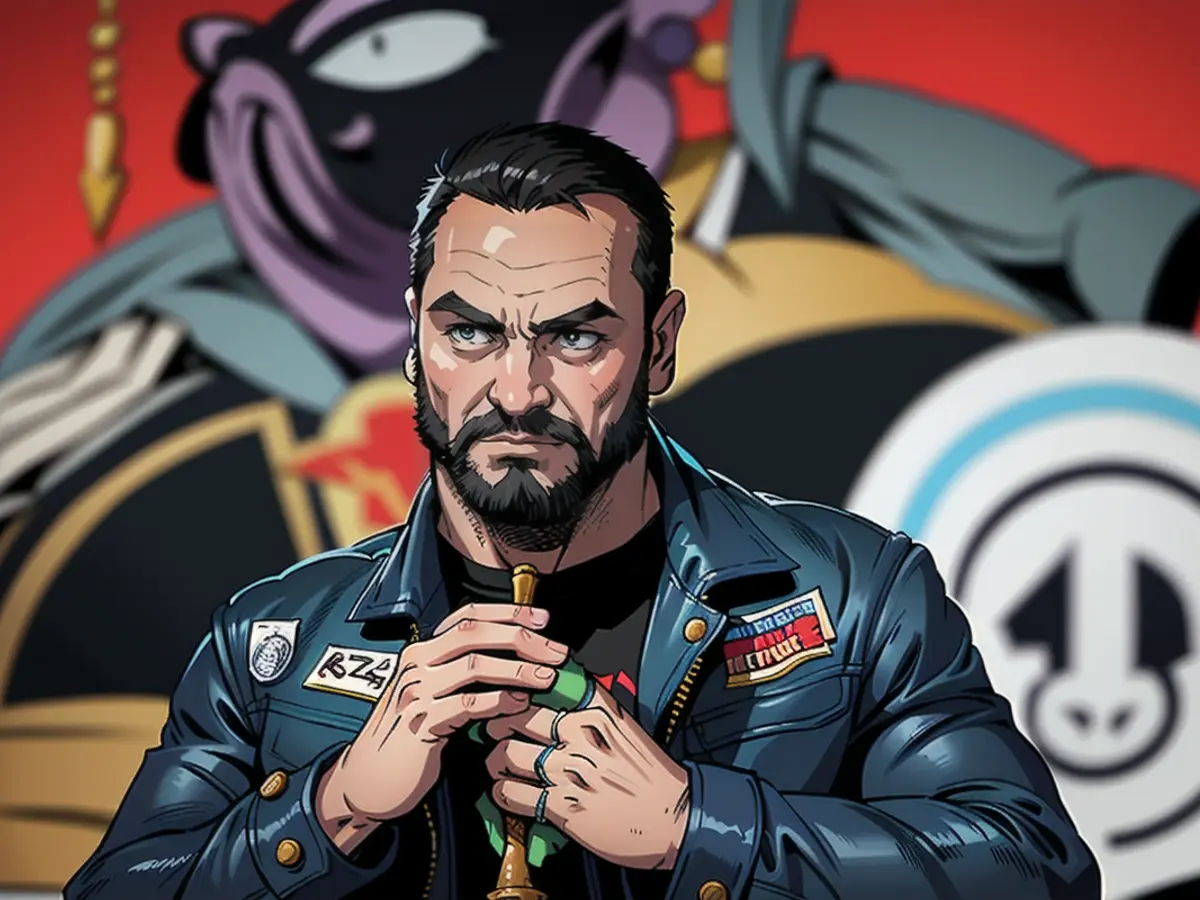
Sketching in Conflict
The ongoing Russian invasion of Ukraine has been lasting more than two years. Many are fighting for their survival. Even comic artists. The comic magazine "Moga Mobo" showcased an issue featuring over 20 Ukrainian female and male comic artists last year. These artists' works are now displayed in Erlangen. The exhibition space is interestingly designed: Bright from the outside, it becomes steadily darker as you progress-wall panels block out sunlight, while the walls are black-painted.
A few of the comics are quite dark. Leo Reznik portrays the attack on a school in Kharkiv like a "Lord of the Rings" fight scene. Oleksandr Shatokhin shares the story of a soldier on break, reflecting on a drawing of his daughter and evoking a claustrophobic mood with the simplest of means. Tetiana Kremen tackles the subject from a different angle: She portrays the Russian invasion from the vantage point of dogs, who ponder fleeing residents and empty streets while also missing food.
Kremen addresses the societal assumption that artists ought to serve their country and address the war in a panel discussion. "I approach the situation with a more humorous edge," she says, aiming to draw attention. She acknowledges that everyone knows the canine comic is about the aforementioned conflict.
Comics can showcase wars and conflicts. But do they serve any purpose? The shared trait among Ukrainian artists and their involvement in the Middle Eastern conflict is the portrayal of individuals. "Stories about individuals can invoke empathy," says comic artist Birgit Weyhe during a conversation about the Middle Eastern conflict. While it is hard to find suitable images for extreme events and emotions, comics have an edge in this aspect, as they offer more creative possibilities than photography. Weyhe emphasizes that it is crucial to focus on the victims from both sides rather than focusing on politics or ideology.
According to media scientist Sina, comics provide a personal viewpoint of the artist, acting as their interpretation and processing of the event. This engagement encourages people to delve into the subject matter. She hopes for comics that mirror the reality of the events. "Productive works are those that pose questions," she states.
Next, a newly released comic by Israeli artist Rutu Modan is displayed. It portrays murders of children in a few, shocking drawings paired with a counting rhyme, detailing the horror of the Hamas massacre and the Gaza War. The comic highlights the dehumanization of the entire Middle Eastern conflict, the audience agrees. Weyhe highlights the power of art: Simplicity.
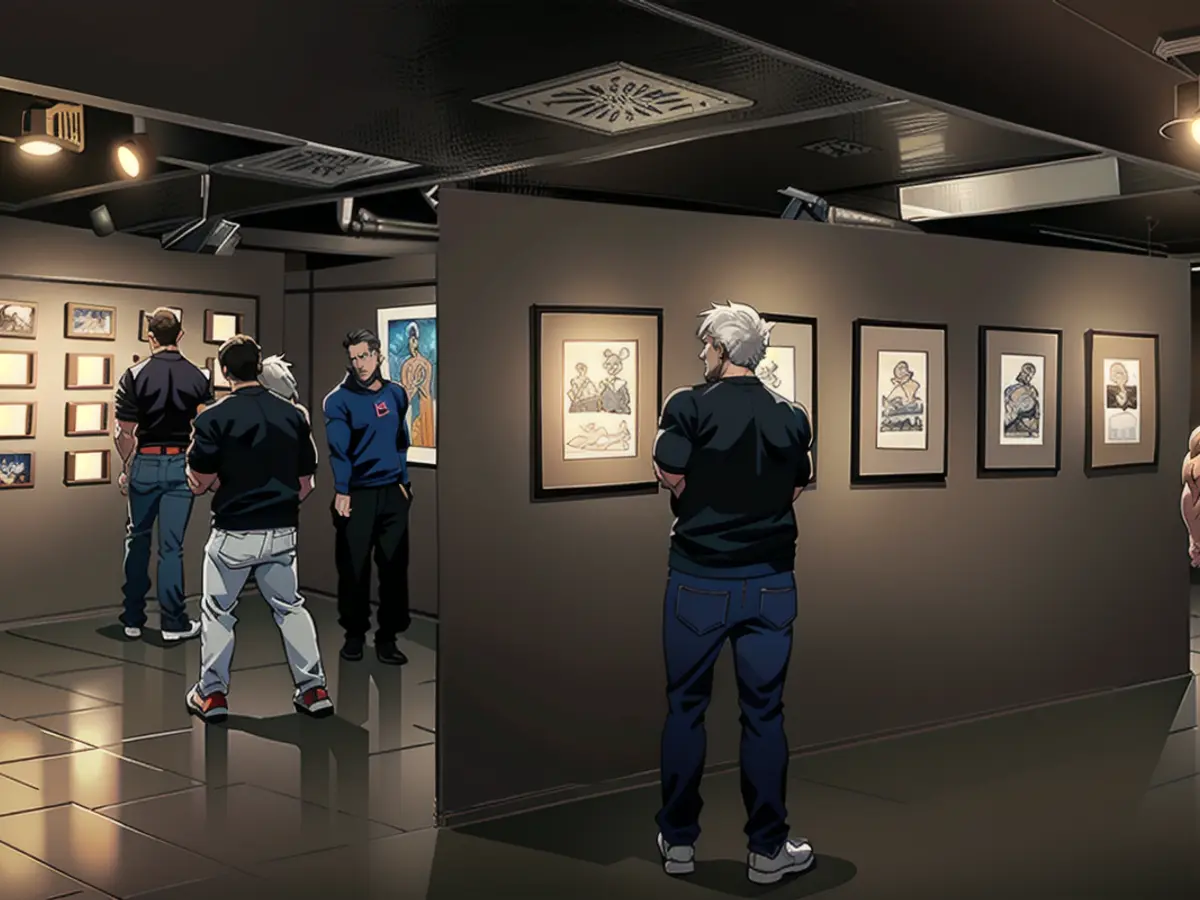
Read also:
- In response to the increasing crises worldwide, including the Middle East conflict and the attack on Ukraine, artists are grappling with how to use comic art as a medium to address and overcome these challenges.
- The comic project "How are you?" was introduced at the Comic-Salon as a way for artists to express solidarity against antisemitism, hatred, and racism, particularly in light of the Hamas massacre and the ongoing Gaza War.
- The exhibit "Moga Mobo" showcases the work of Ukrainian comic artists who have been affected by the ongoing conflict, using the medium to offer a personal and often creative perspective on their experiences.
